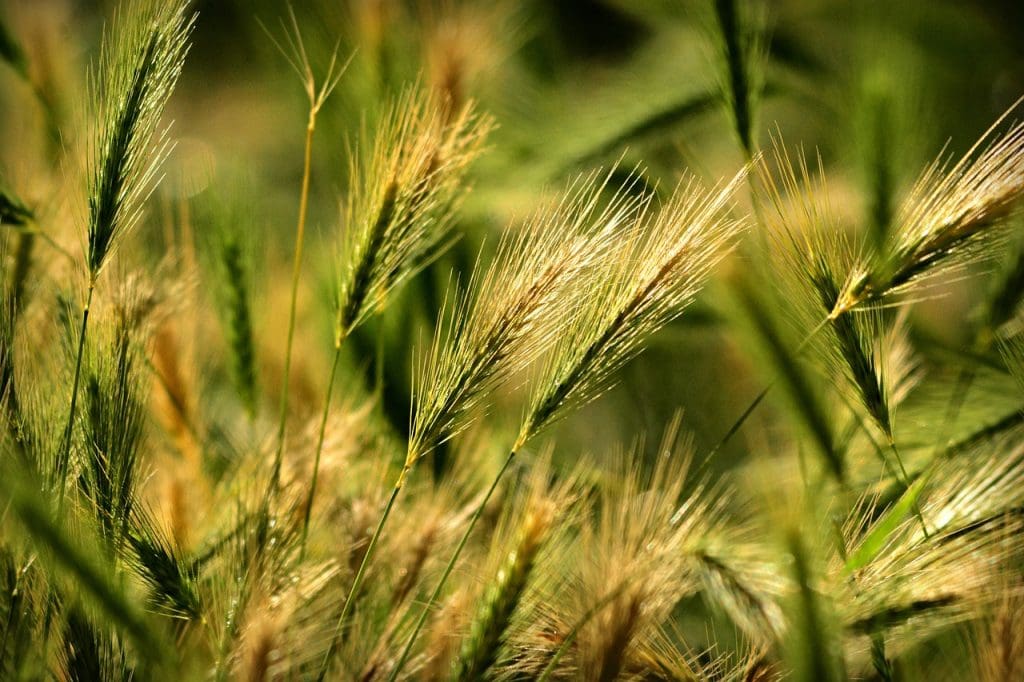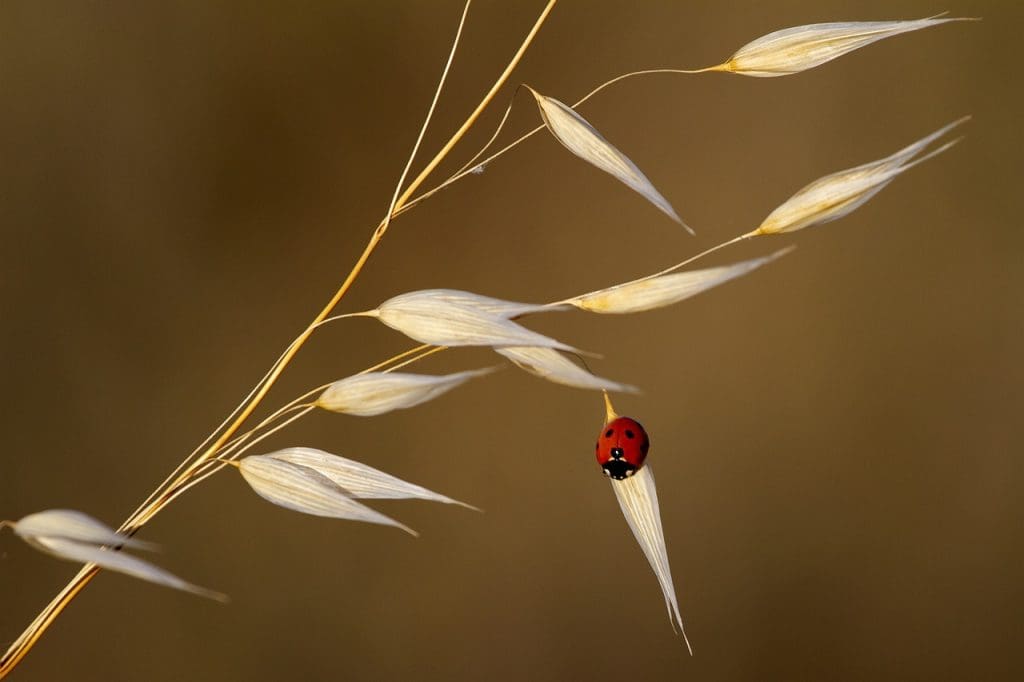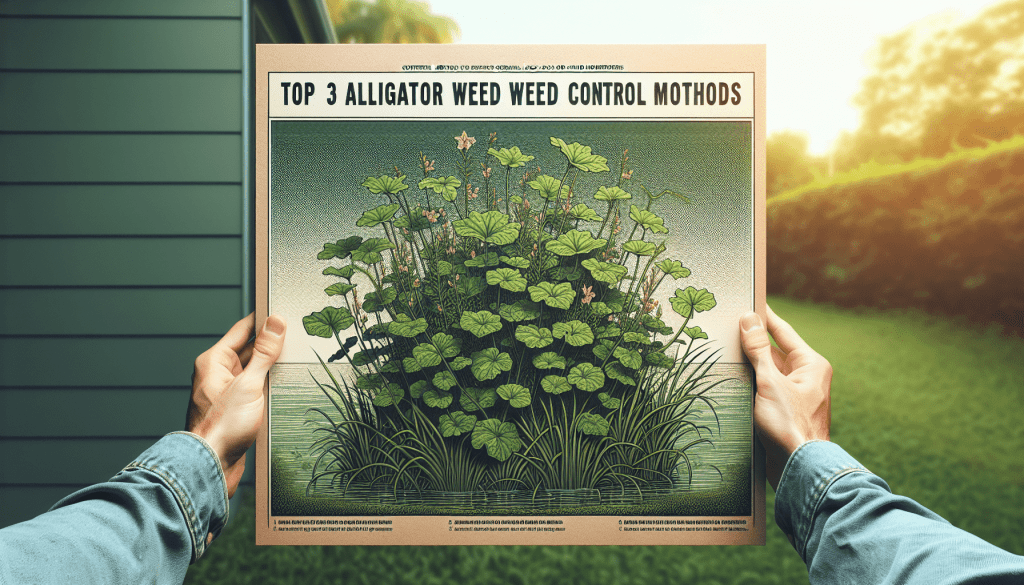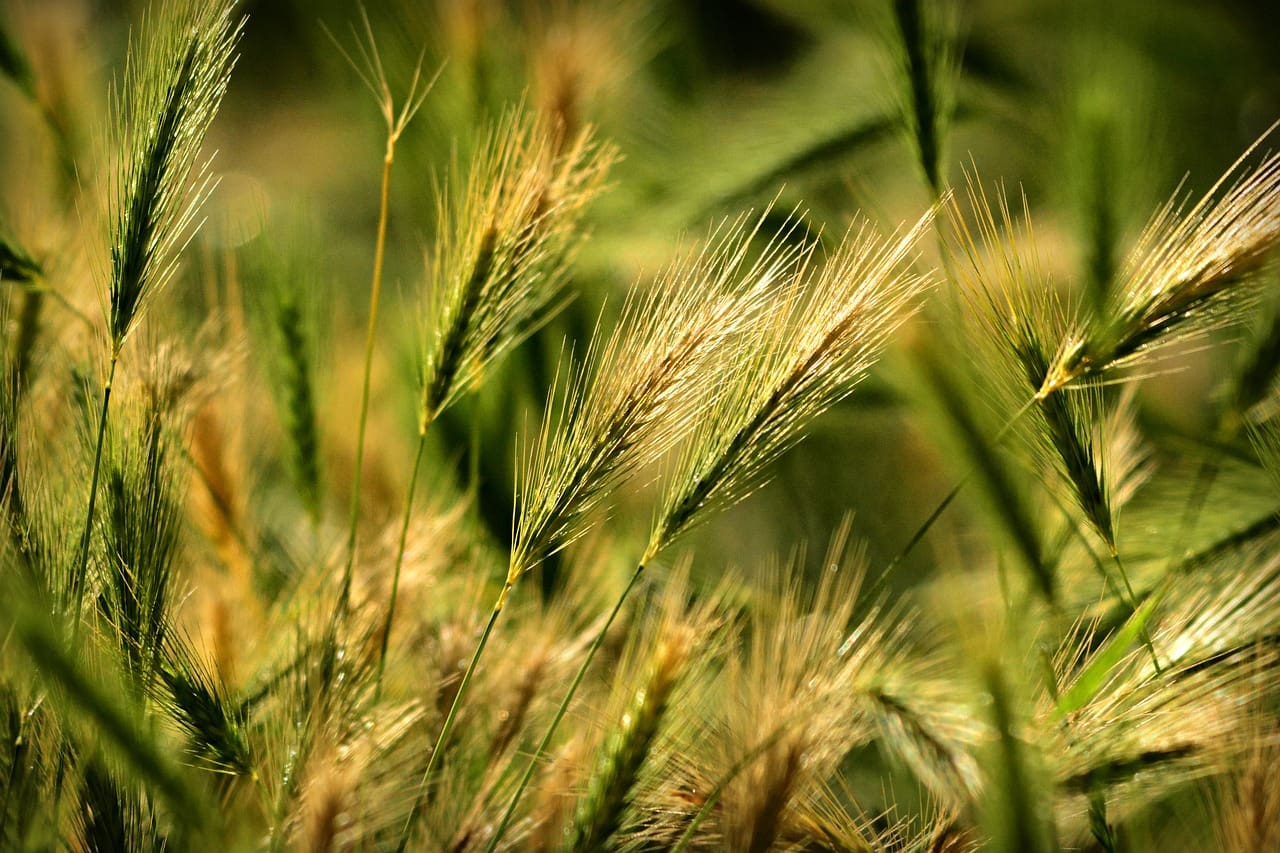Welcome to your comprehensive guide, “Top 3 Alligator Weed Control Methods For Homeowners.” If you’ve been battling the persistent and invasive alligator weed in your yard, you’re not alone. In this friendly and informative article, you’ll discover the most effective strategies to get your garden back in shape: manual removal, herbicidal treatments, and environmentally safe biological controls. You’ll learn how to implement each method efficiently, ensuring your outdoor space remains beautiful and weed-free. Have you ever found yourself staring at a patch of stubborn alligator weed in your backyard, wondering how on earth you’re going to get rid of it? You’re not alone! Alligator weed (Alternanthera philoxeroides) can be a real pest for homeowners, invading lawns, gardens, and water bodies alike. Fear not! We’re here to dive into the top three alligator weed control methods that you can use to reclaim your outdoor spaces.

Understanding Alligator Weed
Before diving into the control methods, it’s essential to understand what you’re dealing with. Alligator weed is an invasive aquatic and terrestrial plant native to South America. It thrives in a variety of environments, from wetlands to garden beds, making it a formidable foe for homeowners.
The Characteristics of Alligator Weed
This resilient weed has a few distinguishable features. It has hollow stems that can float on water, leaves that are elliptical and glossy, and tiny white flowers that bloom mostly during the summer.
Why Is It a Problem?
Alligator weed is not just any ordinary weed. It can crowd out native plants, disrupt water flow in bodies of water, and create dense mats that are difficult to penetrate. Its invasive nature can lead to ecological imbalance and aesthetic issues on your property.
Method 1: Mechanical Control
Mechanical control is a hands-on approach requiring physical effort but can be highly effective. This method involves physically removing the weed either manually or using machinery.
Manual Removal
Manual removal is suitable for smaller infestations. You can uproot the weed using tools like garden forks or rakes. The key here is to ensure that you remove the entire root system; otherwise, the weed may grow back.
Steps for Manual Removal
| Step | Description |
|---|---|
| Inspection | Thoroughly inspect the area to locate alligator weed patches. |
| Preparation | Wear gloves and gather necessary tools such as a garden fork or rake. |
| Removal | Uproot the plants including the roots. Dispose of them properly to prevent re-infestation. |
| Follow-Up | Periodically inspect the area for any regrowth and remove any new sprouts immediately. |
Mechanical Equipment
For larger infestations, you might need to use mechanical equipment. This could involve mowers, trimmers, or more sophisticated weed removal machines.
Pros and Cons of Mechanical Control
| Pros | Cons |
|---|---|
| Immediate results | Labor-intensive and time-consuming |
| No chemicals involved | May require specialized equipment for large areas |
| Environmentally friendly | Risk of regrowth if roots are not entirely removed |

Method 2: Chemical Control
Chemical control is another effective way to combat alligator weed, especially if the infestation is large or difficult to manage manually. However, it’s essential to use herbicides responsibly to avoid environmental damage and health risks.
Types of Herbicides
Several herbicides are effective against alligator weed. These can be classified into two broad categories: selective and non-selective herbicides.
Selective Herbicides
Selective herbicides target specific types of plants. They can be used to kill alligator weed without harming other desirable plants in your garden.
Non-Selective Herbicides
Non-selective herbicides kill all plants they come into contact with. These are generally reserved for situations where you need to clear large areas of alligator weed and other vegetation.
Application Techniques
Proper application of herbicides is crucial for effective weed control. Here are the steps you should follow:
- Read the Label: Always read the herbicide label for specific instructions and safety information.
- Protective Gear: Wear protective clothing, gloves, and eye protection.
- Mix and Apply: Follow the mixing instructions and apply the herbicide using a sprayer.
- Follow-Up: Check the area after a few weeks and reapply if necessary.
Safety Precautions
| Safety Measure | Importance |
|---|---|
| Reading the label | Ensures correct application and prevents misuse |
| Wearing protective gear | Reduces risk of skin contact and inhalation |
| Proper disposal of containers | Prevents environmental contamination |
| Keeping pets and children away | Minimizes health risks during and after application |
Pros and Cons of Chemical Control
| Pros | Cons |
|---|---|
| Effective for large infestations | Potential environmental impact |
| Quick and relatively easy application | Requires careful handling and correct application |
| Long-lasting effects | May harm non-target plants if not used selectively |
Method 3: Biological Control
If you’re looking for an eco-friendly way to manage alligator weed, biological control is the way to go. This method involves using natural enemies of the weed to keep its growth in check.
Introduction to Biological Control
Biological control methods bring in natural predators or pathogens to curb the spread of invasive species. These can include insects, fish, or microorganisms specifically targeting the alligator weed.
Insects as Biological Agents
The alligator weed flea beetle (Agasicles hygrophila) is one of the most effective biological control agents. This beetle feeds on the leaves of the alligator weed, eventually leading to its death.
Life Cycle and Impact
The flea beetle goes through four life stages: egg, larva, pupa, and adult. Both larval and adult stages feed on the leaves, creating holes and reducing the weed’s ability to photosynthesize, eventually leading to its decline.
Fish as Biological Agents
Grass carp (Ctenopharyngodon idella) and koi carp are fish that can help control aquatic alligator weed. These fish graze on the weed, helping to keep it under control.
Stocking Rates and Precautions
Fish need to be stocked at appropriate rates to effectively control the weed without overburdening the aquatic ecosystem. Over-stocking can lead to other issues, such as excessive grazing on other beneficial aquatic plants.
| Fish Species | Ideal Stocking Rate | Precautions |
|---|---|---|
| Grass Carp | 10-20 per acre | Ensure legal compliance and adequate habitat |
| Koi Carp | 10-20 per 1,000 sq. ft | Monitor for overgrazing and ensure water quality |
Pathogens as Biological Agents
Certain fungal pathogens can be used to target alligator weed. However, this method is less commonly used due to its complexity and the need for precise conditions.
Pros and Cons of Biological Control
| Pros | Cons |
|---|---|
| Environmentally friendly | Slow-acting compared to other methods |
| Sustainable and natural | Requires specific conditions for effectiveness |
| May provide long-term control once established | Can be difficult to establish and maintain |

Integrated Weed Management (IWM)
For the best results, consider using an Integrated Weed Management approach. IWM combines two or more control methods to provide the most effective and sustainable solution.
Combining Methods
For instance, you can start with mechanical control to remove large infestations, followed by a selective herbicide application for any leftover patches. Finally, introduce biological control agents to maintain long-term control.
Advantages of IWM
- Versatile and Adaptive: Allows for flexibility depending on the situation.
- Balancing Act: Combines immediate and long-term solutions.
- Sustainability: Minimizes environmental impact while ensuring effective control.
Example IWM Plan
| Step | Control Method | Description |
|---|---|---|
| Step 1 | Mechanical Control | Physically remove all visible alligator weed. |
| Step 2 | Chemical Control | Apply a selective herbicide to areas where weed remains. |
| Step 3 | Biological Control | Introduce flea beetles to manage any regrowth sustainably. |
| Step 4 | Periodic Monitoring | Regularly check for and manage new infestations using the most appropriate method. |
Conclusion
Controlling alligator weed in your backyard can be a challenge, but it’s far from impossible. By using the top three methods—mechanical, chemical, and biological control—you can reclaim your garden and enjoy a beautiful, weed-free environment. Combining these methods through an Integrated Weed Management plan can provide you with the most effective and sustainable solution. Remember always to consider the specific conditions and needs of your property when choosing the best approach.
So gear up, take action, and say goodbye to alligator weed for good! Your lawn, garden, and nearby water bodies will thank you.

